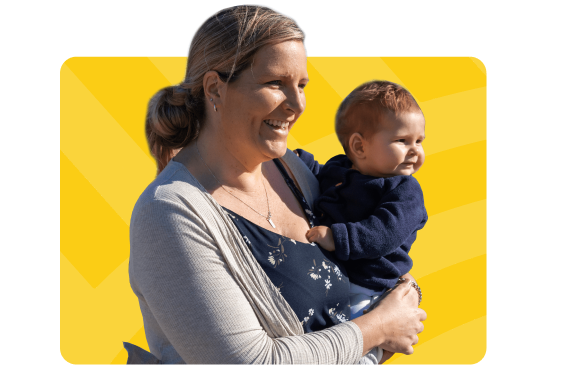Securing ancillary equipment
Ancillary equipment (ventilator, portable oxygen, suctioning equipment) should be stored safely in the vehicle
The lack of research, standards and guidelines in this area make it difficult to provide evidence informed information and guidance. We hope to develop more content for this page in the future.
Planning for transporting ancillary equipment
Children and young people with disabilities and medical conditions may need to be supported by medical equipment such as feeding pumps, oxygen, CPAP and other monitoring devices. These devices need to be positioned closely to the child during car travel.
Securing the medical equipment is important for the safe use of the device and to prevent it from potentially causing injury to vehicle occupants in a crash.
To date, there is no product available designed specifically to secure medical equipment, such as apnea monitors or oxygen, in cars.
The Indiana University School of Medicine recommends securing equipment on the floor of the vehicle wedged with pillows, foam, or blankets. Alternatively, the equipment may be able to be secured by the seatbelt in the seat next to the child.
MACA is advocating for more research to investigate safely securing ancillary equipment in motor vehicles.
Organisations should have policies and procedures to guide securing ancillary equipment.
FAQs

Need help?
Our team is always here to provide help and support.



